Images of Japan on Glass Plates
Collected by Herbert Geddes in the early 20th century, these transparent photographs were sold to foreigners during the Meiji era.
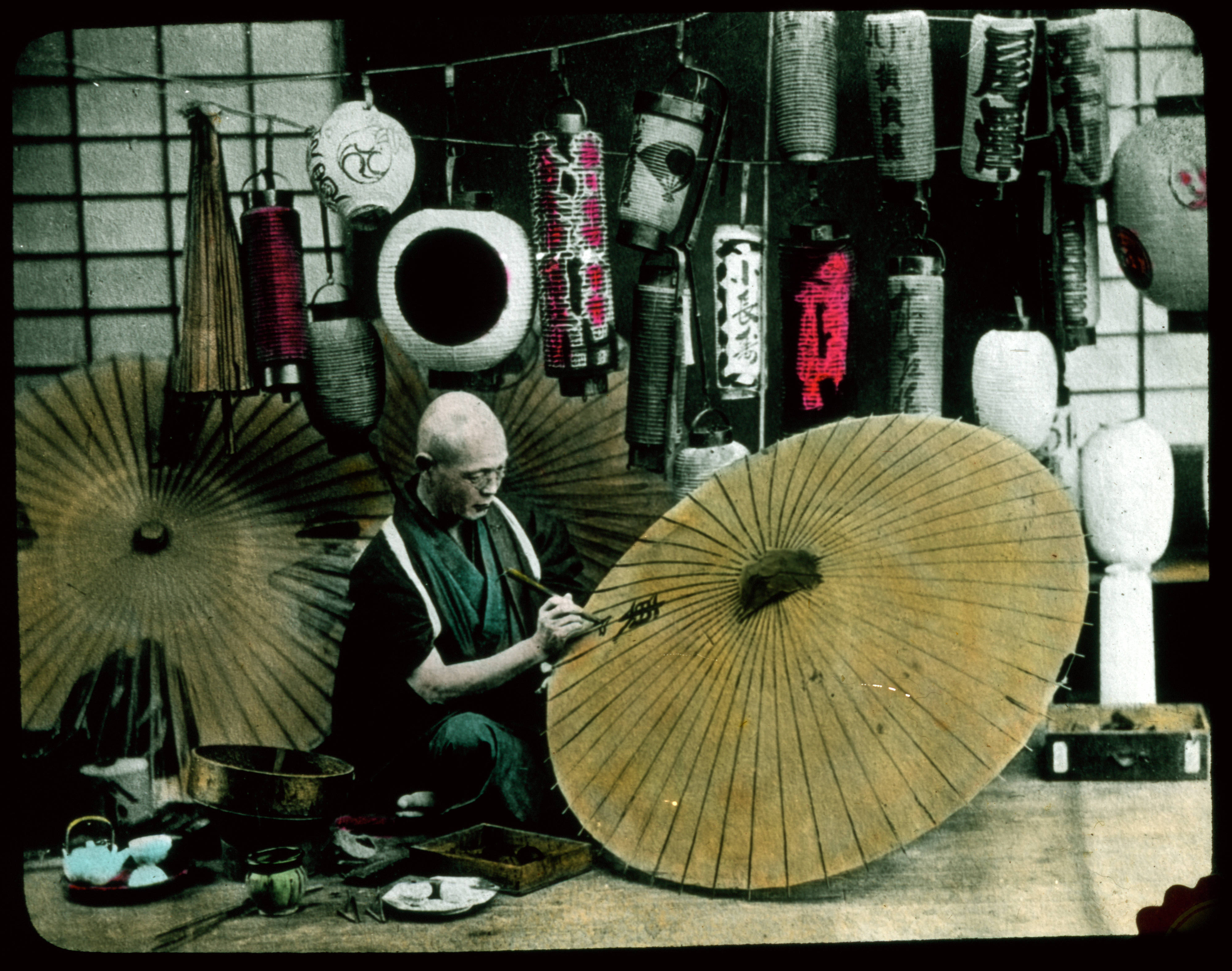
© Public Domain
This collection of glass-plate photographs, housed by the University of Victoria in Canada, offers a glimpse of what life was like in Japan between the late 19th and early 20th centuries. Entitled Yokohama Photographs, the collection was amassed by Herbert Geddes, the manager of a Canadian import-export company in this port city south of Tokyo, which was one of the first to open up to trade with the West.
These glass plate transparencies present quaint, traditional images of Japan, such as temples, cherry blossom, and geisha dressed in kimono. There are also lesser-shown representations of what life was like in Japan during this two-century period: silk-factory work, rice cultivation, blacksmithing, and craftsmanship.
Forerunner to postcards
These objects were sold to overseas visitors during the Meiji era (between 1869 and 1912 approximately), before the emergence of cameras and postcards. These glass plates, like the photographic prints by photographers such as Kusakabe Kimbei and Felice Beato, were coloured by hand after being taken. This was a very popular practice, which, in the specific case of glass-plate photographs, made it possible to add density and variable contours to the subject through the use of transparency and variations in brightness.
Herbert Geddes’ collection can be viewed on the University of Victoria’s website.

© Public Domain
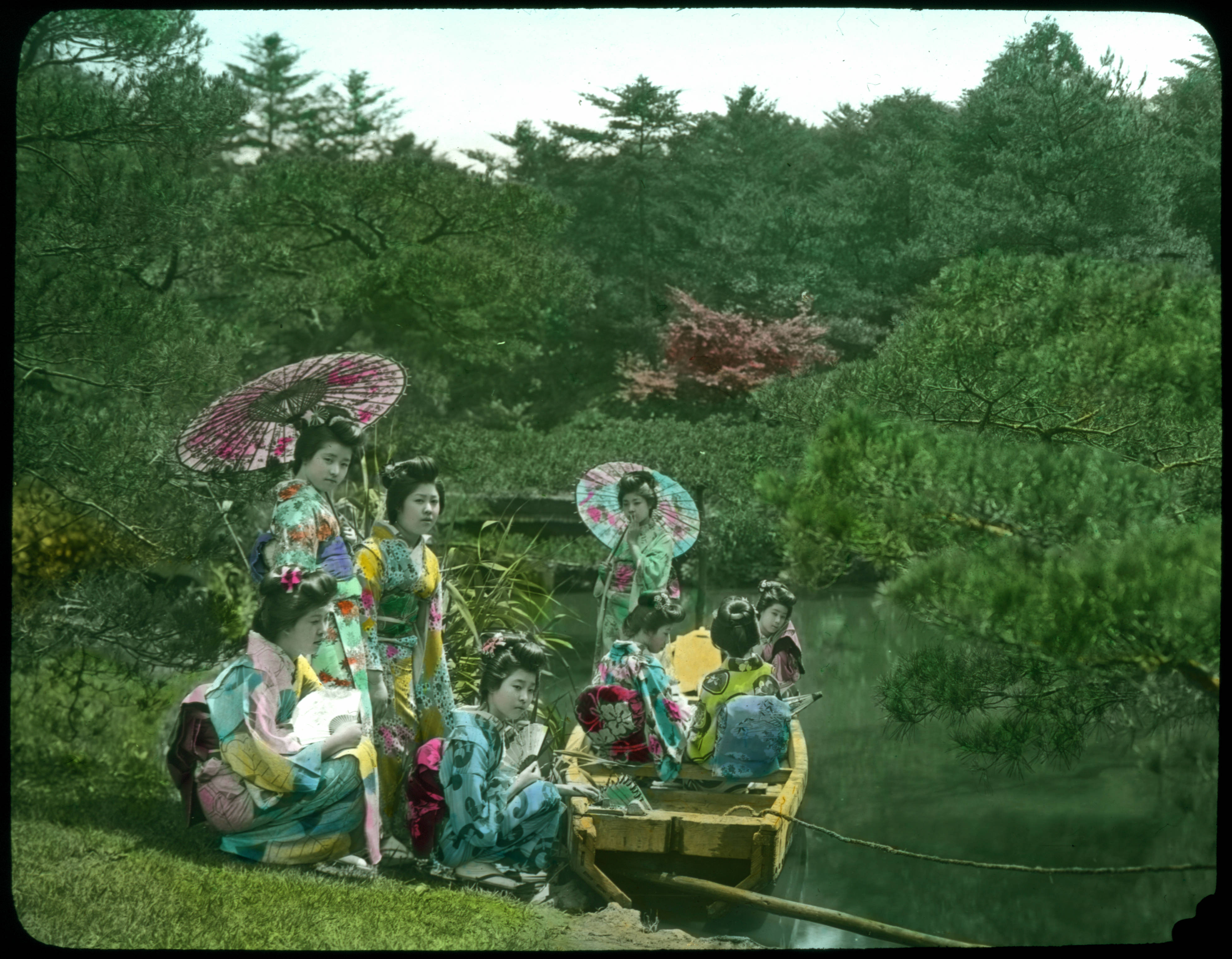
© Public Domain
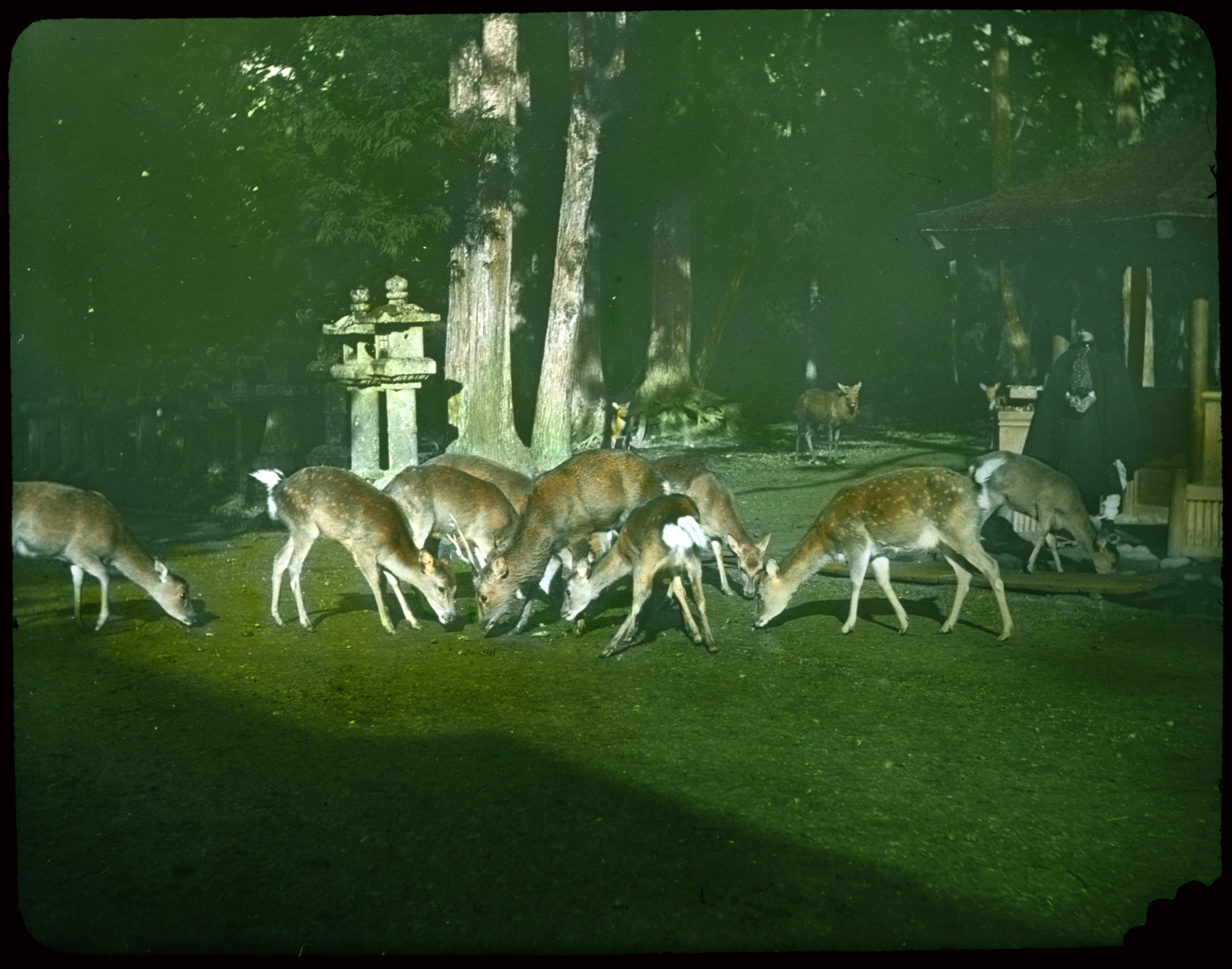
© Public Domain
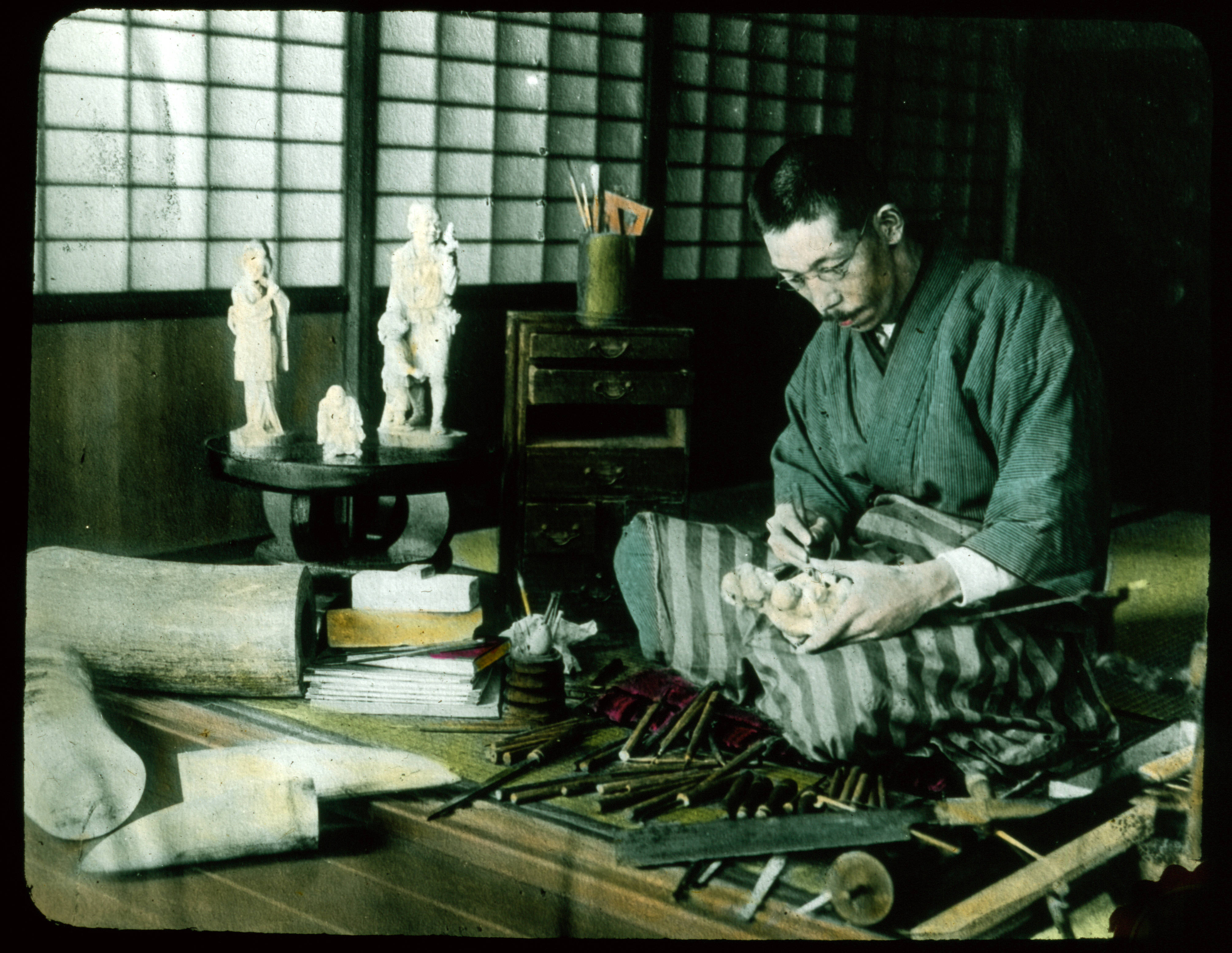
© Public Domain
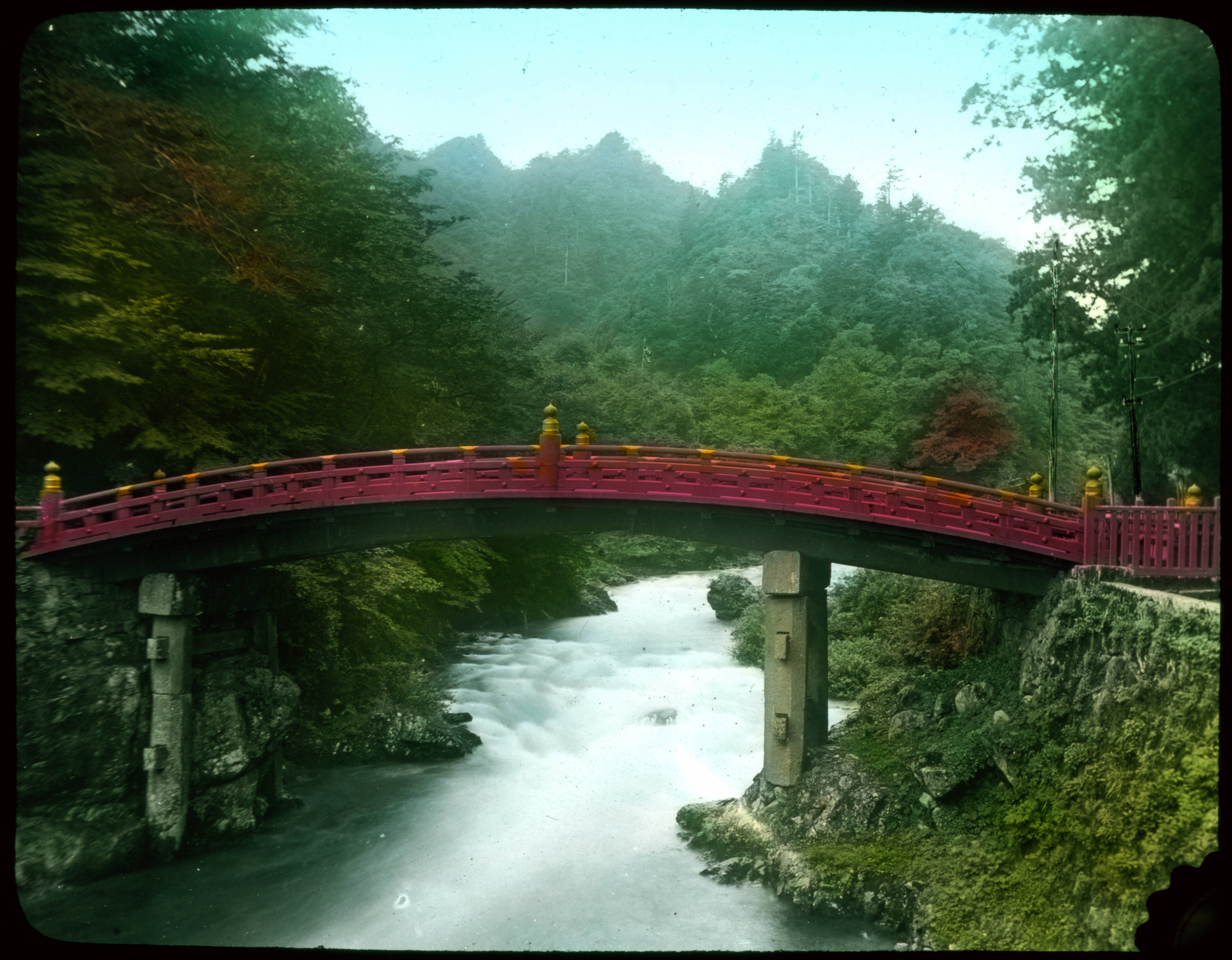
© Public Domain

© Public Domain
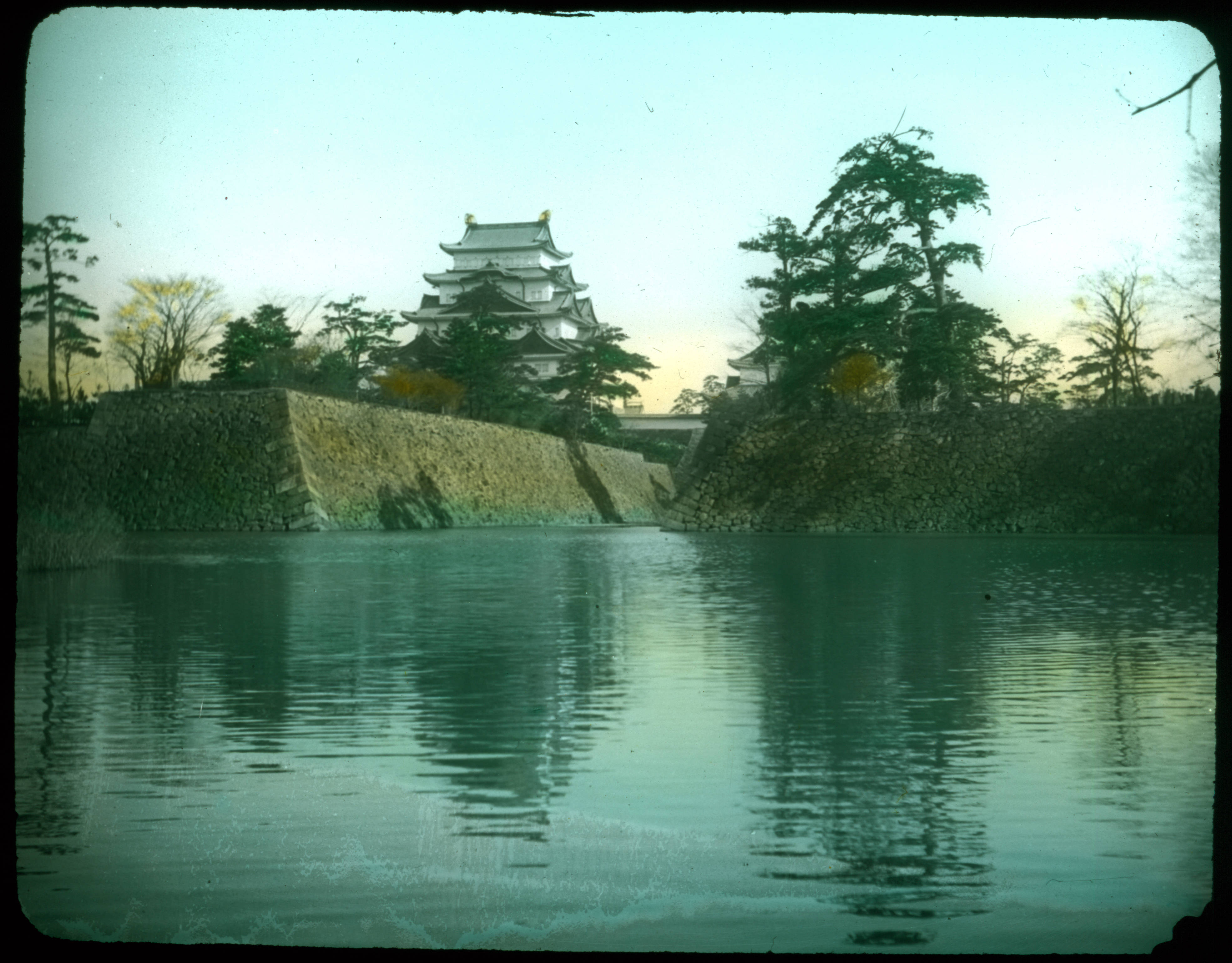
© Public Domain
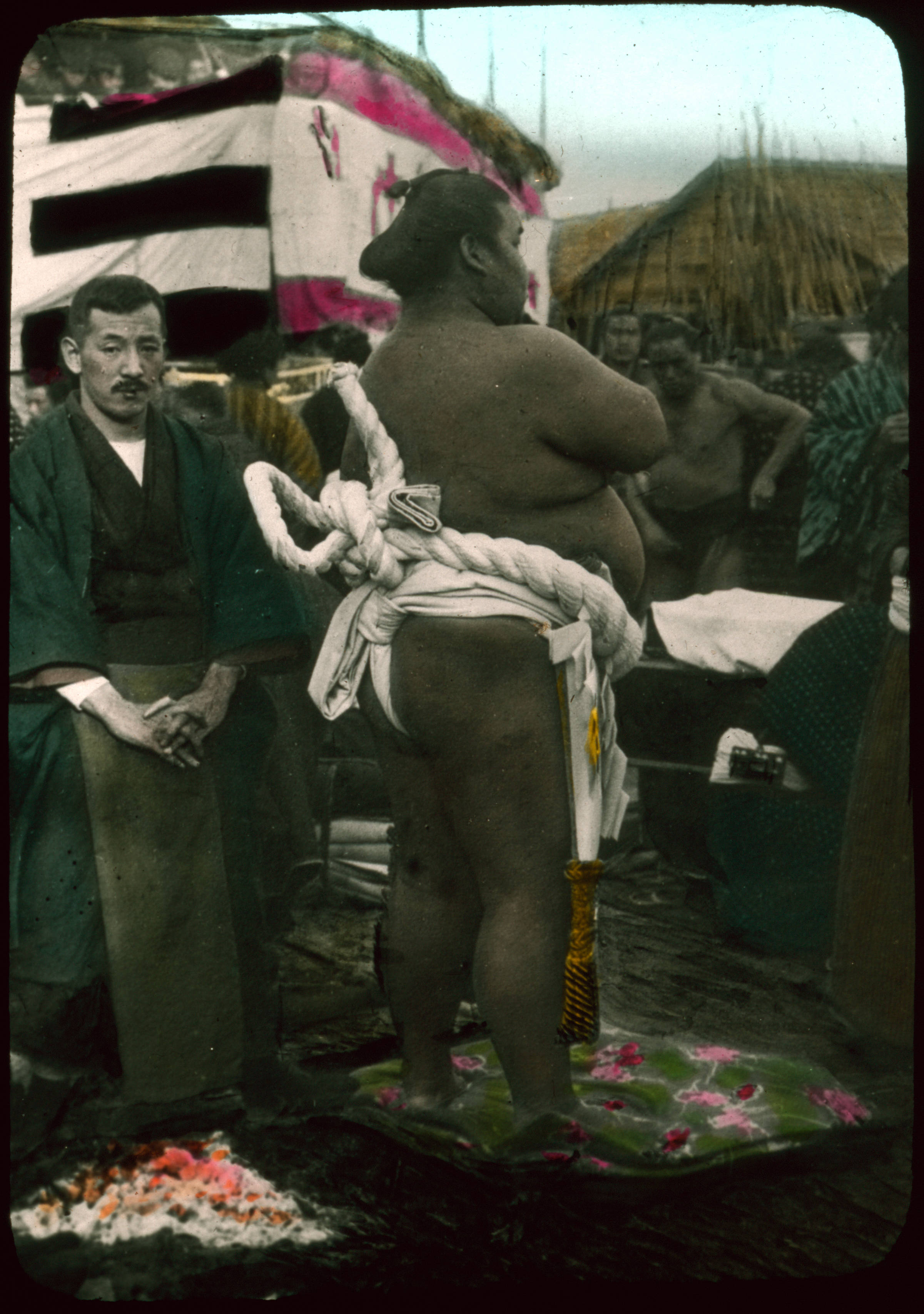
© Public Domain
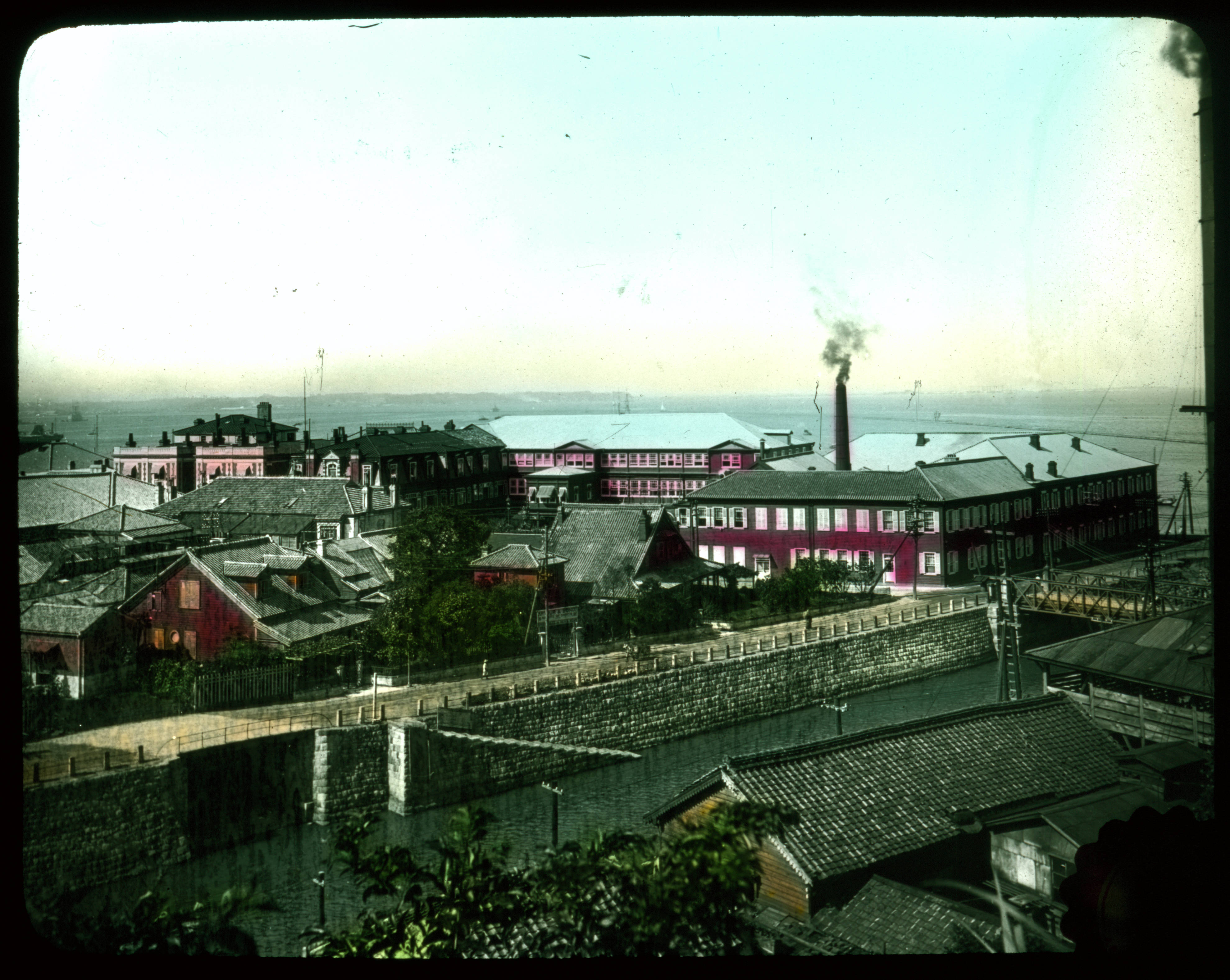
© Public Domain
TRENDING
-
The Tattoos that Marked the Criminals of the Edo Period
Traditional tattoos were strong signifiers; murderers had head tattoos, while theft might result in an arm tattoo.

-
Chiharu Shiota, Red Threads of the Soul
Last year, more than 660,000 people visited the retrospective 'Chiharu Shiota: The Soul Trembles' exhibit at the Mori Art Museum.

-
‘Before Doubting Others, Doubt Yourself. Who Can Truly Say a Dish Isn’t What It Used to Be?’
In ‘A Non-Conformist’s Guide to Surviving Society’, author Satoshi Ogawa shares his strategies for navigating everyday life.

-
The Story of Sada Yacco, the Geisha who Bewitched Europe
Described by Dazed magazine as the first beauty influencer, she has been restored to her former glory since 2019.

-
Ito Jakuchu's Naturalist Paintings
From 15 September until 14 October 2018, the Petit Palais showcased the artist's iconic ‘Images of the Colourful Realm of Living Beings’.





